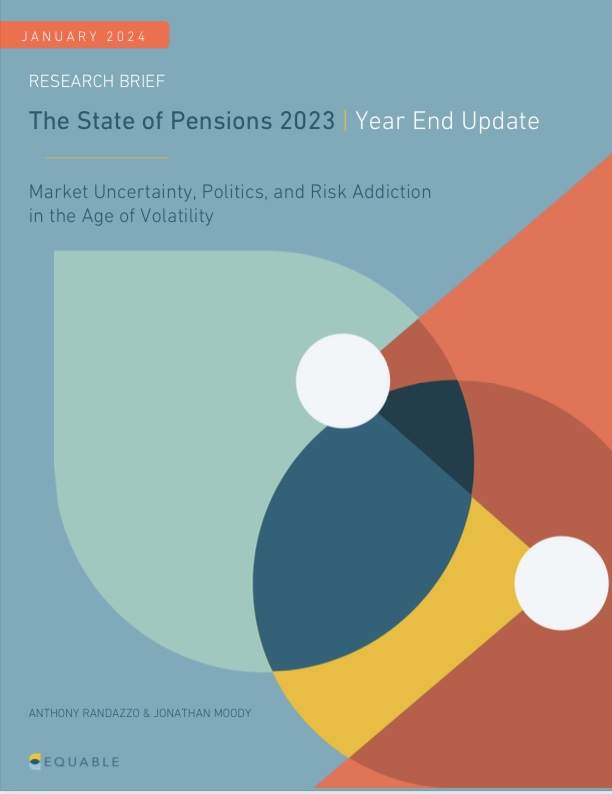Inter-Generational Spillovers in Labor Supply: Evidence from a Danish Retirement Reform
By Malene C. F. Laczek In this paper, I study how the labor supply of one generation affects the next. Utilizing longitudinal Danish register data and a large retirement reform, I document that parents’ retirement significantly affects the labor supply of their adult children. This inter-generational link is driven solely by mothers. Concretely, mothers’ retirement permanently increases their adult children’s income rank by 7 income rank points, driven by increased hours worked, participation in the labor force, improved occupational rank,...





